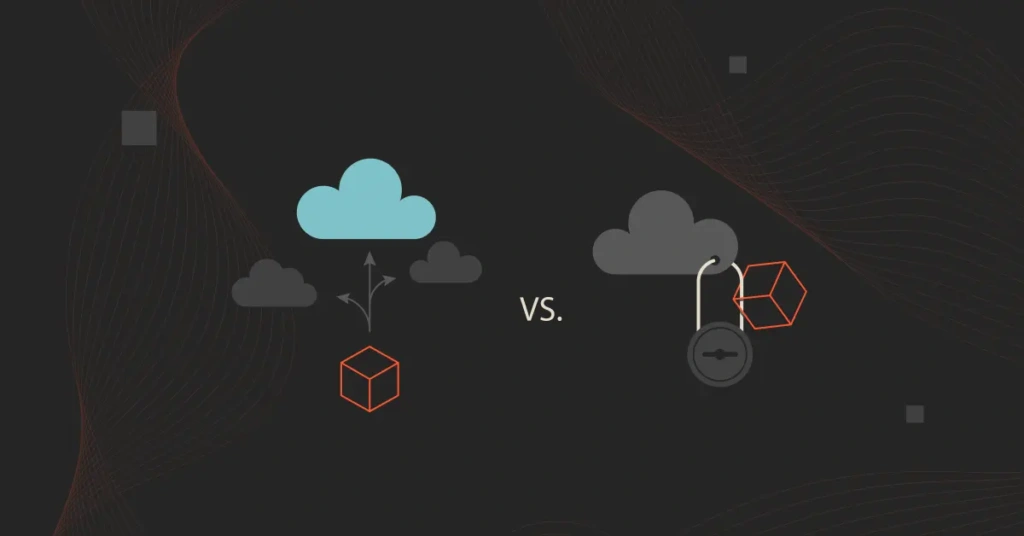The cloud computing space is constantly evolving — a fact that can sometimes set the stage for inconsistencies and confusion around both industry terminology and best practices. Cloud agnostic is one of those confusing terms, as is cloud native. But with the number of cloud agnostic and cloud native applications growing, it’s important to set the record straight.
As the lead IT consultant at Atlantic.Net, a growing cloud hosting company offering customized hosting solutions, Richard Bailey is an expert in cloud cost management, scalability, and cloud agnostic solutions. Here he explains the meaning of cloud agnostic, how it differs from cloud native, and the benefits and disadvantages of a cloud agnostic strategy.
What Does Cloud Agnostic Mean? (And How Does It Differ From Cloud Native?)
Cloud agnostic refers to tools, platforms, or applications that are compatible with any cloud infrastructure and can be moved to and from different cloud environments without any operational issues.
“A business is cloud-agnostic when the company IT systems are not locked into a single cloud vendor or do not rely on one cloud provider’s proprietary services,” explains Bailey. “Typically, services are spread between multiple cloud vendors to preserve and ensure the uptime of critical applications.”
In most organizations, the core services that need to be fail-safe are the ones that are cloud agnostic. Organizations may also have other applications that rely on specific cloud vendors or on-premise infrastructure.
Any explanation of cloud agnostic usually includes a comparison with the cloud native approach — although these terms are not opposites. Cloud native is an architectural style in which the application is typically designed to run on a specific platform.
In many cases, these applications can also be moved around to different cloud platforms — so they are also cloud agnostic. Bailey notes that the term cloud native is usually used if the application is “designed and built to run in the cloud from inception.” This can refer to public, private, or hybrid cloud platforms.
Cloud Agnostic Vs. Cloud Native Applications: Important Considerations
There are many benefits to a cloud agnostic approach, such as not being locked into a specific vendor and having more choice and flexibility. In addition, organizations can rest assured that their applications will perform optimally regardless of which cloud environment they are using.
With the ability to use multiple cloud vendors, there are built-in redundancies should an issue occur — which is why most core services need to be cloud agnostic.
However, for some organizations, taking a cloud native architectural approach may make more sense. Because these applications are designed and built to be used on a single cloud platform, they take advantage of that provider’s services and features. This usually means the application runs more efficiently.
When considering cloud agnostic and cloud native approaches, focus on these three elements:
- Security and compliance – According to Bailey, because cloud native applications are built with the cloud provider in mind, they use the provider’s API for its security and compliance features. “Cloud agnostic applications can make things a little tricky,” Bailey says. “The APIs between each cloud provider can be different, which makes it more difficult to have your application work seamlessly on different cloud providers. If you are not able to utilize the application’s built-in features, then the responsibility lands on you and your team to ensure that the security and compliance are in place for your application.”
- Integration and portability – Most cloud vendors broadly provide similar services; however, some offer specializations such as HIPAA compliance or government hosting. For a cloud agnostic application, you can pick and choose which services the application consumes from each vendor. Bailey notes, “Cloud-native architecture helps with integration and portability as long as the cloud-native application is built for the cloud in general and not one specific cloud provider.”
- Continuous monitoring – When it comes to monitoring solutions, it’s vital to ensure that the software will work across multiple cloud providers — not just one specific one. “With a cloud-native solution, it’s easier for a business to use the cloud vendor’s monitoring solution. With a cloud agnostic solution, you shouldn’t rely on one cloud provider’s monitoring solution if you are utilizing multiple platforms, since you want to make sure the monitoring software will alert you if that platform is having an issue.” Bailey recommends organizations look into open-source monitoring solutions that are hosted on multiple cloud providers to ensure uptime.
Other factors to consider when adopting a cloud agnostic strategy include:
- Cost efficiency – Evaluate the cost implications of using cloud agnostic applications. While avoiding vendor lock-in can save costs, managing multiple cloud environments can add complexity and potential hidden costs. Consider the total cost of ownership, including data transfer fees, licensing, and more.
- Performance – Assess the performance of cloud agnostic applications in different cloud environments. Ensure that the application delivers consistent performance regardless of the underlying infrastructure. Performance variations across providers can impact user experience and operational efficiency.
- Scalability – Ensure the application can scale effectively across multiple cloud platforms. It should handle varying workloads and traffic spikes without compromising performance. Scalability is essential for supporting business growth and adapting to changing demands.
- Vendor support – Check the level of support offered by the application vendors. Reliable support is crucial for resolving issues faster and ensuring smooth operations. Consider the vendor’s reputation, response times, and availability of resources like documentation and training.
- Ease of management – Managing cloud agnostic applications across multiple environments can be complex. Choose applications that offer centralized management tools and dashboards. Simplified management reduces the burden on IT teams and enhances operational efficiency.
- Future-proofing – Consider the application’s long-term viability. Ensure it is built on a modern, flexible architecture that can adapt to future changes in technology and business needs. Future-proofing helps protect your investment and ensures continued relevance.
- Community and ecosystem – Assess the community and ecosystem around the application. Active communities can provide valuable resources, such as plugins, extensions, and forums for troubleshooting. A strong ecosystem indicates a healthy, well-supported application.
Benefits Of A Cloud Agnostic Strategy
A cloud agnostic strategy can offer several benefits for organizations. Here are the primary advantages:
Avoid vendor lock-in
One of the main benefits of a cloud agnostic approach is avoiding vendor lock-in. This flexibility allows organizations to switch between cloud providers. They can do this without being tied to a single vendor’s services. This can be particularly beneficial if a provider changes its pricing or policies in a way that no longer meets the organization’s needs.
Cost optimization
A cloud agnostic strategy can help organizations optimize costs by using the best pricing from different providers. By not being tied to a single vendor, organizations can choose the most cost-effective solutions.
Increased resilience
Using multiple cloud providers can enhance the resilience of an organization’s IT infrastructure. Critical applications can run on another provider’s platform if one provider has downtime or other issues. This redundancy helps ensure high availability and reliability. It reduces the risk of service interruptions.
Flexibility and choice
Cloud agnostic allows organizations to choose the best services and tools from multiple providers. This can lead to better performance and functionality, as organizations can pick and choose services that best meet their requirements. This flexibility also allows organizations to adopt new technologies and services more quickly.
Strategic negotiation
Organizations not locked into a single cloud provider have more leverage in negotiations. They can use the option to switch providers as a bargaining chip. They can use it to get better terms and pricing from their current provider. This can result in more favorable contracts and cost savings.
Compliance and regulatory benefits
Each cloud provider may offer special services tailored to specific rules. By being cloud agnostic, organizations can choose providers. The providers must meet their specific compliance needs, ensuring they remain in line with industry standards and regulations.
Innovation and competitiveness
Utilizing multiple cloud providers allows organizations to innovate more rapidly. They can experiment with different services and tools without being constrained by a single vendor’s ecosystem. This agility can lead to more innovative solutions and a competitive edge in the market.
Drawbacks Of A Cloud Agnostic Strategy
While a cloud agnostic approach provides organizations with several benefits, it’s also important to be cautious about the potential drawbacks. Although organizations can avoid being locked into a single vendor when they are cloud agnostic, this can also be a disadvantage for their engineering team.
With a cloud agnostic approach, organizations lock themselves into services that are transferable across multiple cloud providers. This “lowest common denominator” approach is necessary if the organization decides to switch cloud providers — but it also means the engineering team is not able to take advantage of the best-of-breed services of each of the cloud providers.
Not being able to use the innovative services of cloud providers can slow down the team and put competitors at an advantage.
For example, if one cloud provider offers a key feature that is important to your application, you may not be able to use it in a cloud agnostic approach if other cloud providers don’t have this feature. However, if your competitors are not taking a cloud agnostic approach, they can utilize the feature to provide more value for customers.
Another potential drawback of the cloud agnostic approach is dealing with unexpected data transfer costs — which are notoriously difficult to predict and understand. Building in multiple cloud providers can be uneconomical for many organizations.
In our experience, organizations benefit from a multi-service approach rather than a cloud agnostic one. This means organizations lock into one single cloud provider and build their application while taking advantage of best-of-breed services from multiple vendors — such as one for messaging and a separate one for data warehousing.
When Should You Use A Cloud Agnostic Vs. Cloud Native Approach In Your Organization?
Cloud agnostic vs. cloud native isn’t an either-or situation. “There is no reason to pick one or the other, as most cloud native applications are also cloud agnostic,” says Bailey.
Cloud gnostic solutions are ideal for businesses that want to avoid cloud vendor lock-in and reduce their risk of downtime. Some cloud providers may increase prices, which can be a concern for organizations; having the flexibility to make a switch when necessary is key.
There are several aspects to consider when thinking about a cloud agnostic vs. cloud native approach — and it’s vital to align with the plan established by your organization’s cloud strategy. For many companies, cost is an important deciding factor.
However, understanding the costs of your cloud environment in context is a necessity. It’s not just about the total investment, but about understanding the value for each business unit.
Add A Cost Intelligence Solution To Your Cloud Agnostic Strategy
A cloud agnostic strategy has many benefits, but managing multiple cloud environments can be complex. CloudZero offers solutions to simplify this process and help you get the most from your cloud investments.
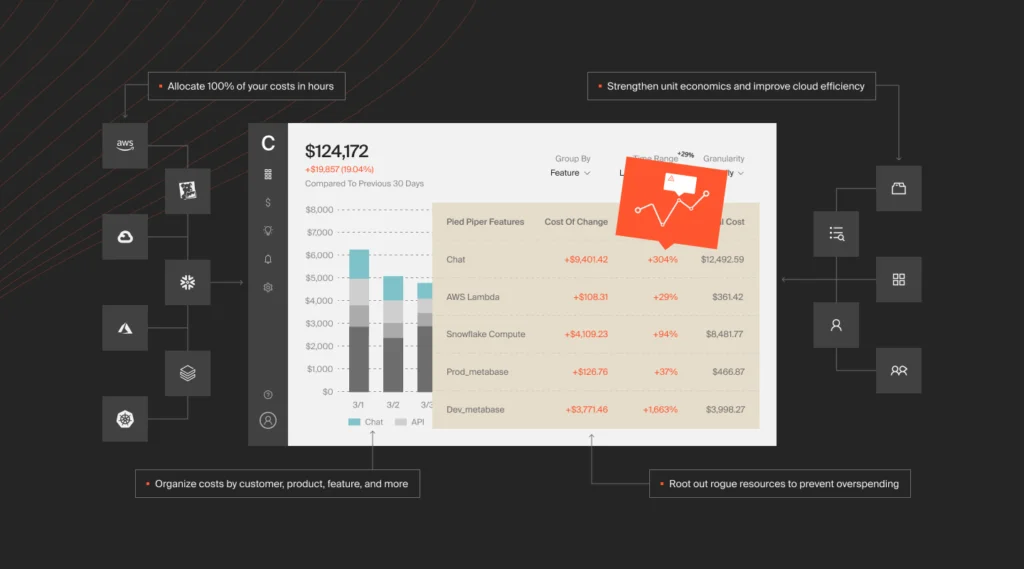
CloudZero provides a powerful platform that helps organizations understand their cloud spending. The platform offers detailed visibility into cloud costs, making it easier to manage costs across multiple cloud providers.
The major features of CloudZero include:
- Granular cost analysis – CloudZero breaks down your cloud costs by teams, products, services, and features. This detail helps you see where your money is going and find ways to save.
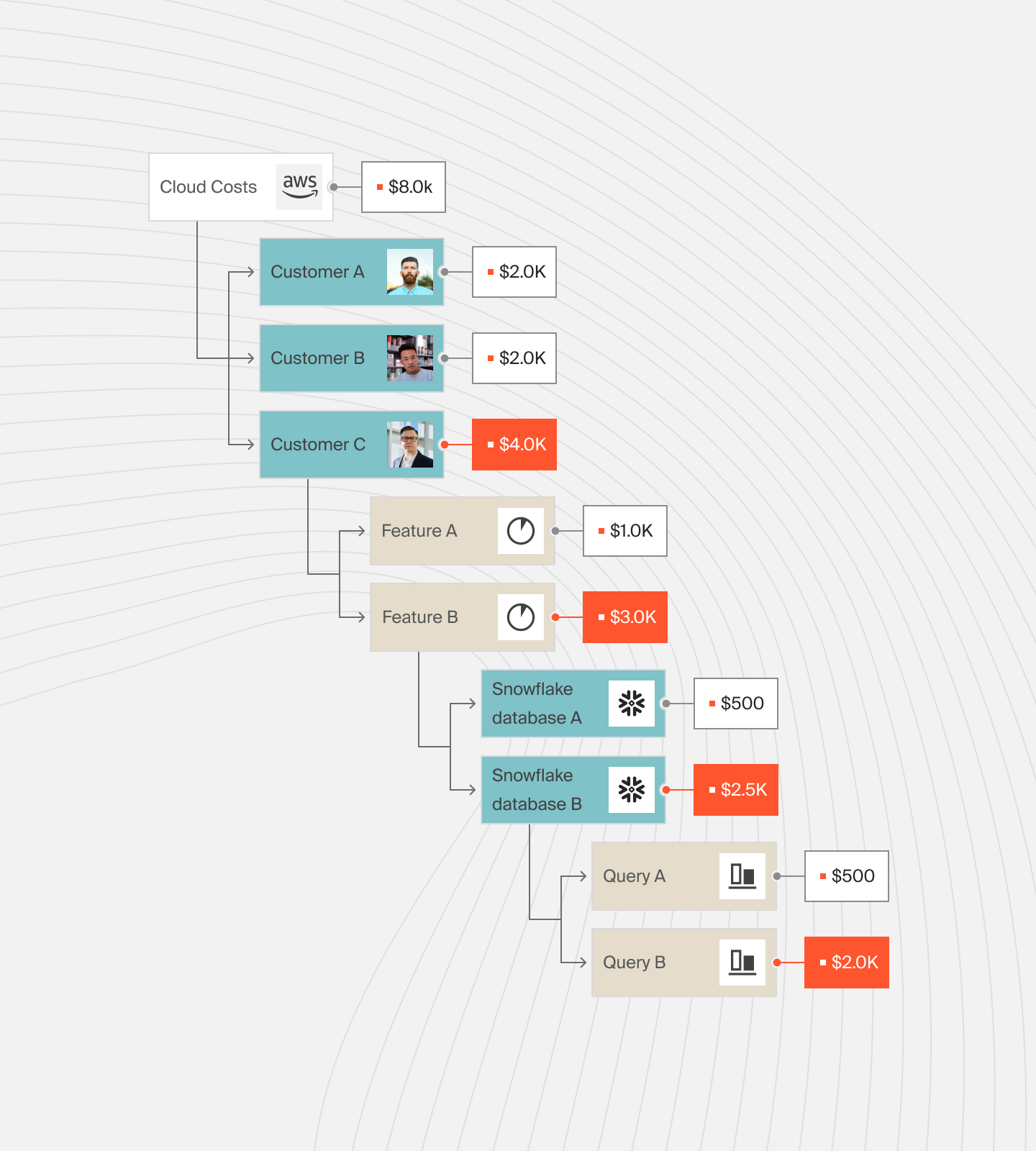
- Real-time cost monitoring – The platform monitors your costs in real time and alerts you to any unexpected expenses. This helps you stay in control of your cloud spending.
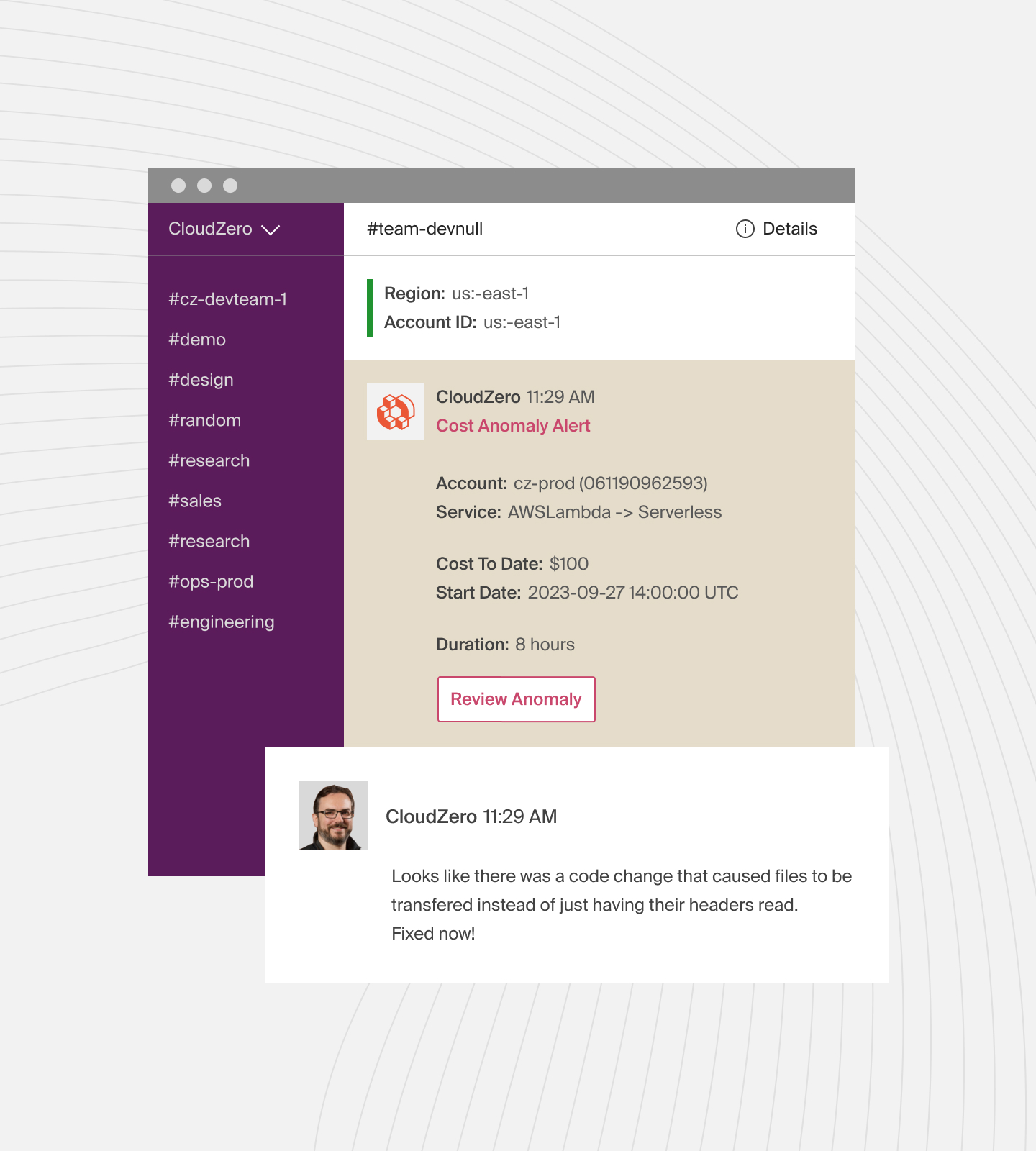
- Automated cost allocation – CloudZero automates cost allocation, making it easy to assign costs to specific business units or projects. This reduces manual work and improves accuracy.
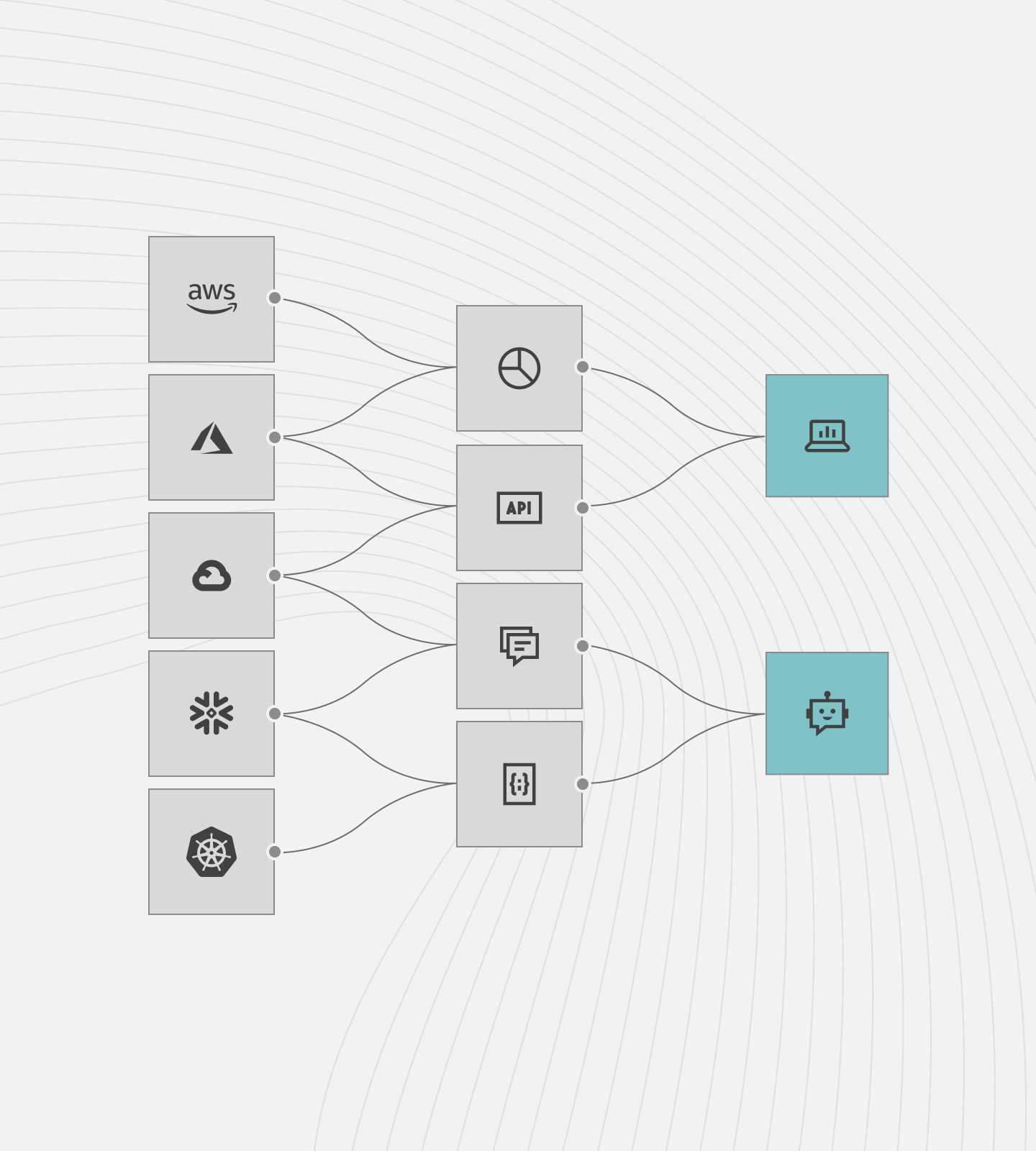
- Support for hybrid and multi-cloud environments – CloudZero supports both hybrid and multi-cloud setups, providing a unified view of your cloud spending. This is important for a cloud agnostic strategy.
- Integration with multiple cloud providers – CloudZero works with major cloud providers to ensure you can manage your costs regardless of your cloud services. The integrations include:
- AWS Integration: CloudZero integrates with AWS to give detailed insights into your spending on services like EC2, S3, and RDS. This helps you optimize your AWS services.
- Azure Integration: CloudZero’s integration with Azure lets you monitor and manage your Azure costs effectively. It provides visibility into various Azure services, helping you find cost-saving opportunities.
- Google Cloud Platform Integration: With CloudZero, you can track your spending on Google Cloud services. This ensures efficient cost management across GCP.
- Kubernetes and Containerized Applications: CloudZero supports cost analysis for Kubernetes and containerized applications. This is valuable for organizations using containers on multiple cloud platforms.
By using a cloud cost intelligence platform like CloudZero, organizations can have every cloud cost answer they need at their fingertips — regardless of whether they build cloud agnostic, cloud native, or hybrid applications.
Want to see how it works? {{cta(‘566b84f4-56e7-42a

